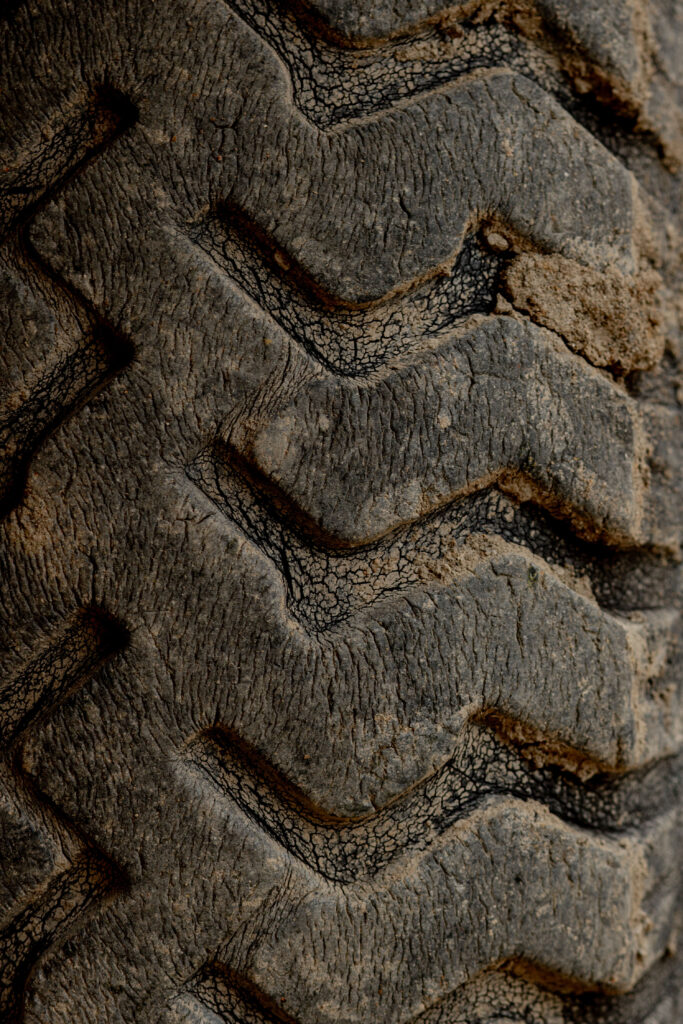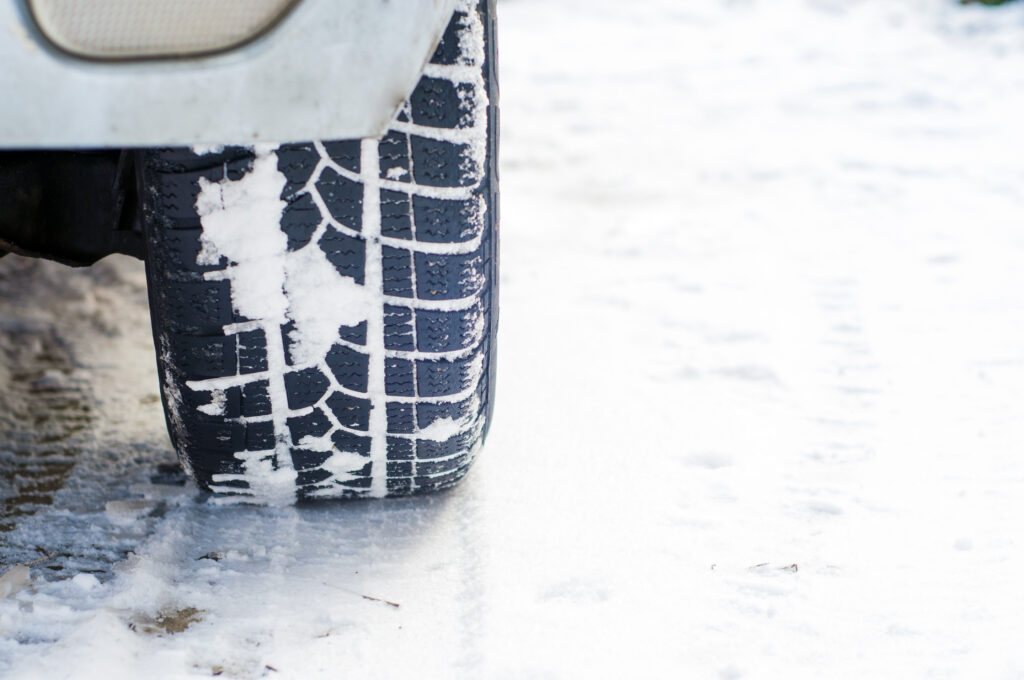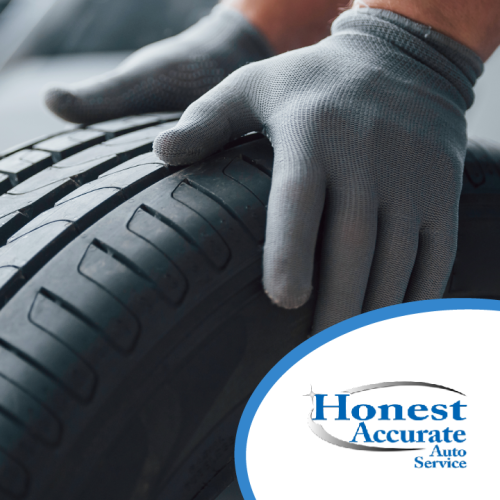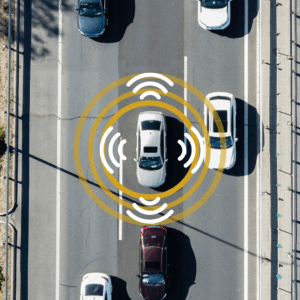Honest Accurate Tire Wear Patterns Guide
This tire wear patterns guide is designed to help keep your car moving and stopping safely in Colorado Springs. Your tires are one of the most important parts of your vehicles. They also happen to be quite expensive and way too easy to damage just by driving on them. Even worse, tire wear and damage can be subtle — until it’s too late. Honest Accurate has created this guide to help you recognize different tire wear patterns so you can correct your car’s issues and save money on voided warranties and tire replacement.
Unnoticed Tire Wear and Damage = Expensive Replacement
We often have customers come in to repair a flat only to discover they need a brand-new tire because their existing tire is too worn to be safely repaired and installed on the car. The customer is understandably dismayed to learn a simple repair is now a complete replacement, or several replacements. AWD customers are typically the most frustrated by surprise tire wear because they often have to replace all four tires.
The most upsetting part for both the customer and the Honest Accurate crew is that many warranties are voided if tires don’t have a certain amount of tread depth when they are damaged. That means you have to pay in full for a replacement. We do not enjoy breaking that bad news to our customers. The wear patterns on your tires can tell you a lot about how your car is driving. If you find yourself burning through tires far sooner than the manufacturer claims, the wear on your tires can tell you why. Here are five common tire wear patterns and their potential causes.
5 Common Tire Wear Patterns and Causes
These five tire tread wear patterns can tell you a lot about the condition of your vehicle.

1. Tire Cupping
Tire cupping looks like someone scraped portions of your tire away with a spoon. The wear becomes very obvious as the problem progresses untreated. Cupping is also called scalloping because it resembles a contouring pattern – imagine the curving pattern at the bottom of a decorative curtain or tablecloth and you’ll see the connection. Cupping may cause your car to feel shaky at high speeds and limit your ability to control your vehicle if you need to stop suddenly.
Common Tire Cupping Causes:
Poor tire alignment, badly balanced tires, bent wheel and suspension issues. Check out Honest Accurate’s Tire Alignment Services in Colorado Springs.
2. Tire Feathering
Tire feathering is a challenging problem because it is much easier to feel than to see. It occurs when one side of your tread block or tire rib has worn down at an angle. Feathered tires reduce the amount of contact your tires have with the road, reducing traction and stopping power. You can typically check for feathering by running your hand around the tire to feel if it is uneven.
What Causes Tire Feathering?
Suspension issues/problems with suspension parts, misalignment and problems with shocks and struts. Check out Honest Accurate’s Suspension Services in Colorado Springs.
3. Inner and Outer Tire Wear
Outer or inside tire wear occurs when the tread on the inner or outer surface of the tire is more worn than the opposite side. This reduces the traction of the tire and the amount of surface area that is in contact with the road. If there is enough wear, your tire is also in danger of bursting while you are driving, especially if you can see the steel bands through the wear.
What causes tires to wear on the inside? What would cause a tire to wear on the outside?
Misalignment of the tires, lack of tire rotation.
4. Center Tire Wear
Center wear occurs when the tire becomes worn in the middle. This is a particularly dangerous problem because it means that a significant portion of the tire has no traction at any time. It can cause hydroplaning in wet conditions and sliding in snow and on gravel.
What causes wearing in the center of the tire?
Overinflation of the tire.
5. Outer Edge Wear
Outer edge wear differs from inner and outer tire wear because it occurs on the “corner” of the tire as opposed to the surface of the tread. This type of wear weakens the tire, making it more likely to fail when you need it most – like heading out for a scenic drive from Colorado Springs to the mountains or driving down I-25 at 75 miles per hour. Failure to repair this issue quickly can destroy the tire and void any warranties for replacement.
What causes uneven tire wear on the outer edge?
Underinflation of the tires.
How to Prevent Tire Wear
The key to preventing tire wear lies in several key principles:
• Invest in Regular Car Maintenance
Your car is like your body in that keeping it healthy involves caring for it from the inside out. You must maintain your oil, alignment, brakes, steering, frame and all other components to protect your vehicle. And while you may be great at performing your own oil changes and basic maintenance, it’s important to have an expert mechanic look it over to detect problems that may be silently waiting to spring when you least expect it. When it comes to cars, ignorance is not bliss. Like our bodies, our cars can run for a very long time with a lot of systems malfunctioning. Get your vehicle an annual “physical” to detect and treat issues before they become more damaging and expensive. Check out Honest Accurate’s auto repair deals for our Signature Bumper-to-Bumper service.
• Install Quality Tires
Good tires aren’t a gimmick. They are expensive because they last longer than their cheaper counterparts and withstand a lot more wear and tear. At Honest Accurate, we sell tires that are made to save you money in the long-term by lasting for extended mileage in comparison to discount tire options. Low-priced tires are only affordable at the point of purchase. Beyond that, they can cost you twice as much when you are forced to replace them far sooner than expected.
• Implement Save Driving Standards
Defensive driving isn’t just about avoiding your fellow drivers. Implementing safe driving standards can also protect your tires from excessive wear. If you want to protect your tires from unnecessary damage, here are some steps you can take:
- Avoid potholes (we know that is hard here in Colorado Springs).
- Don’t “curb check” your tires. Make turns carefully and do not park with your tires squashed against curbs or parking barriers.
- Avoid aggressive driving, excessive braking and hard braking.
- Don’t speed. High speeds can wear tires faster due to increased friction.
- Avoid collisions with objects and other cars. Even slight dings can rattle your suspension, brakes and tires and create conditions that cause abnormal wear.

• Inspect Your Tires Often
People tend to have an “if it ain’t broke, don’t fix it” perception about their tires. If the tire isn’t noticeably flat or low, most drivers just go about their day. However, you should check your tires often to see if there is wear or damage. Use the tire penny test to confirm your tread is good. If Lincoln can see you looking at him when a penny is placed head down between the treads, you need new tires. The more miles you drive, the more often you should do an inspection. If you’re not confident about your own ability to detect wear and damage — even with this handy tire wear patterns guide — take your vehicle in for a professional auto inspection. They’ll help you diagnose issues or give you peace of mind that your vehicle is safe to drive.
Let Honest Accurate Help You Get Rolling Safely
We hope this uneven tire wear chart can help you be more “tread aware” so that you can prevent costly damage and replacements. If you have noticed any of the problems on this list, give us a call. We know how to fix uneven tire wear and how to check tire wear to help you diagnose potential problems with your vehicle. We’ll help you get your car back on the road safely and help you save money on future repairs.




